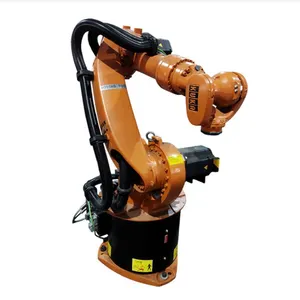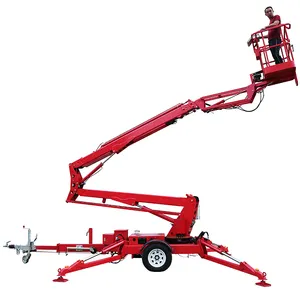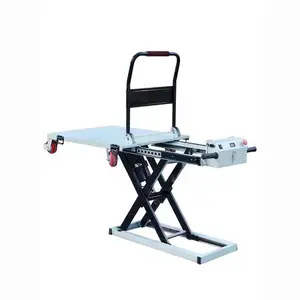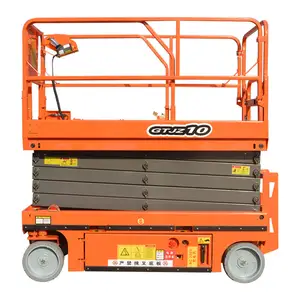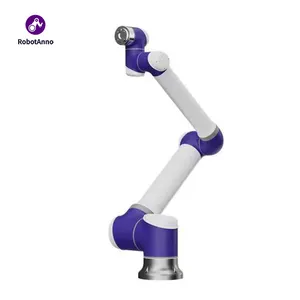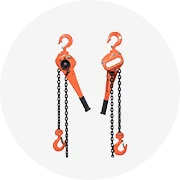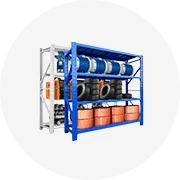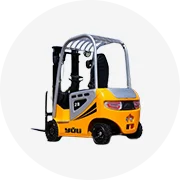Popular in your industry



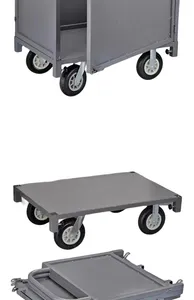
































































Related Searches:










































































































































Top categories
About hydraulic trolley specification
A hydraulic trolley, essential in the realms of logistics and warehouse operations, is a flexible and sturdy apparatus crafted to transport substantial loads with minimal effort. The hydraulic trolley specification provides a detailed account of its capacity, construction materials, and design attributes, enabling Alibaba.com's commercial clientele to identify a trolley that aligns with their precise needs.
Types and Characteristics of Hydraulic Trolleys
Varying models of hydraulic trolleys are available, each possessing distinct features to fulfill diverse functions. For example, an electric flatbed trolley equipped with a foldable pedal is engineered to alleviate the operator's workload during logistical movements, proving ideal for enterprises that frequently transport goods across level surfaces. Conversely, manual hydraulic pallet trucks, such as the 3t trolley, cater to more strenuous lifting tasks in warehouses and factories. These trolleys adhere to European standard dimensions and can accommodate an array of pallet sizes, enhancing their utility for global commerce.
Structure and Operation of Hydraulic Trolleys
The architecture of a hydraulic trolley is an exemplar of mechanical ingenuity, featuring a steering handle, a hydraulic pump for elevation, and forks for securing pallets. Usage commences with the forks sliding into the pallet, followed by the operator actuating the hydraulic pump via the handle to raise the pallet from the ground. The trolley can then be effortlessly transported to the intended destination. Safety valves and a descent mechanism are incorporated to ensure the load is deposited gently and securely.
Materials and Their Properties
Materials selected for hydraulic trolley construction prioritize strength, longevity, and corrosion resistance. Stainless steel is favored in sectors requiring sterility and rust resistance, such as food processing and pharmaceuticals. Iron and carbon steel are chosen for their ruggedness in more demanding industrial applications, offering the requisite load-bearing capabilities. These materials' tensile strength and impact resilience render them perfectly suited to the rigorous demands placed upon hydraulic trolleys.
Business Usages and Applications
In a variety of commercial contexts, hydraulic trolleys prove indispensable. Within retail, they facilitate stock management and the transfer of merchandise from storage to display areas. In the manufacturing sphere, they are pivotal for relocating raw materials to assembly lines and transporting finished goods to dispatch zones. The capacity to shift weighty objects efficiently with a hydraulic trolley adds value to businesses by boosting productivity and mitigating the risk of manual handling injuries.
Functions and Tasks
The fundamental role of a hydraulic trolley is the elevation and conveyance of hefty loads over short spans. Specific duties encompass the loading and unloading of merchandise from transport vehicles, relocating items within a storage facility, and organizing products in commercial spaces. The trolley's design facilitates the completion of these tasks with reduced physical strain, thus enhancing operational efficacy.
Features and Unique Selling Points
Key attributes of hydraulic trolleys include their load-bearing capacity, maneuverability, and construction materials. Distinctive selling points may feature rapid-lift technology, which diminishes the time and effort needed to elevate a load, and ergonomic designs that offer operator comfort and lessen fatigue. Models with non-marking wheels are designed to preserve flooring, rendering them suitable for diverse settings.
Benefits and Positive Outcomes
The advantages of employing a hydraulic trolley are numerous. They offer a secure method for moving weighty items, thereby reducing workplace injury risks. The efficiency gained in goods transportation with a hydraulic trolley results in cost savings, as it lessens the need for manual labor. Moreover, the trolley's durability signifies a long-lasting investment that will benefit the business for an extended period.
How to Use and Operate Effectively
To operate a hydraulic trolley effectively, one must be cognizant of its load limits to avoid overburdening. The operator should activate the hydraulic lift using the handle and confirm that the load is evenly distributed on the forks prior to movement. For navigation, the operator propels the handle forward, directing the trolley with the swivel casters at the rear.
How to Choose the Right Model
Choosing the appropriate hydraulic trolley model necessitates evaluating the weight and dimensions of the loads it will bear, the nature of the goods to be transported, and the usage frequency. The work environment's flooring should also be considered to ensure compatibility with the trolley's wheel material and to prevent any potential damage.
How to Clean and Maintain
Maintenance and cleaning of a hydraulic trolley involve routine inspections for hydraulic fluid leaks, keeping the wheels clear of obstructions, and lubricating the moving components. The hydraulic fluid levels should be replenished as required, and any worn or impaired parts must be replaced promptly to sustain peak performance.
Target Audience and Meeting Needs
Warehouse supervisors, logistics specialists, and retail inventory handlers comprise the primary demographic for hydraulic trolleys. These tools satisfy the needs of such professionals by offering a dependable and efficient means for goods transportation, which is vital for the seamless operation of their enterprises.
What are the safety precautions when using a hydraulic trolley?
When utilizing a hydraulic trolley, prioritizing safety is paramount. Operators should receive training in proper lifting methods to prevent injuries. Regular inspections of the trolley for signs of wear or damage, particularly in the hydraulic system and wheels, are crucial. Loads must be balanced on the forks, and the travel path should be devoid of obstructions to avoid mishaps.
Can hydraulic trolleys be used on uneven surfaces?
Although hydraulic trolleys are primarily engineered for smooth terrains, certain models are outfitted with larger wheels or specialized tires to navigate irregular surfaces. Nonetheless, it is imperative to review the product's specifications or consult with the manufacturer to confirm a trolley's suitability for specific floor types.
Are there different types of hydraulic trolleys for various industries?
Indeed, there are specialized hydraulic trolleys designed to meet the needs of different sectors. For example, trolleys made of food-grade stainless steel are available for the food and pharmaceutical industries, while those with a more robust construction are suitable for the construction and manufacturing industries. Alibaba.com provides a wide assortment to accommodate these distinct industrial requirements.

